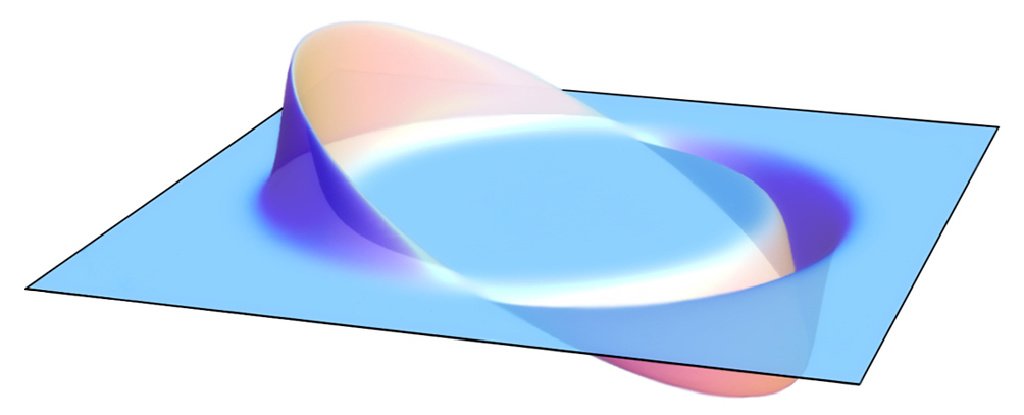
The idea of a warp drive that carries us through large areas of space faster than the speed of light has long fascinated scientists and science fiction fans alike. While we are still a long way from exceeding universal speed limits, that does not mean that we will never ride the waves of warped space-time.
Now a group of physicists have prepared the first proposal for a physical warp drive, based on a concept conceived in the 1990s. And they say it shouldn’t break any laws of physics.
Theoretically speaking, warp drives bend and change the shape of space-time to exaggerate the differences in time and distance, allowing travelers to travel over distances faster than the speed of light under certain conditions.
One such circumstance was outlined more than a quarter of a century ago by Mexican theoretical physicist Miguel Alcubierre. His idea, proposed in 1994, was that a spapowered by something called an ‘Alcubierre disk’, cecraft could achieve it faster than light travel. The problem is that it requires a lot of negative energy in one place, something that is simply not possible according to existing physics.
But the new study has a solution. According to researchers at the independent research group Applied Physics in New York, it is possible to let go of the fiction of negative energy and still create a warp drive, albeit one that may be a bit slower than we’d like.
“We went in a different direction from NASA and others and our research has shown that in general relativity there are actually several different classes of warp drives,” said astrophysicist Alexey Bobrick of Lund University in Sweden.
“In particular, we have formulated new classes of warp drive solutions that do not require negative energy and thus become physical.”
Why is negative energy so important? The need for negative energy circumvents some of the common relativity problems of faster-than-light travel by allowing space to expand and contract faster than light, while keeping everything within its curvature within the universal speed limits.
Unfortunately, it introduces more problems itself – first of all, that the negative energy we need only exists in fluctuations on the quantum scale. Until we can figure out a way to scoop up a sun-sized mass of the stuff, this kind of ride just isn’t possible.
The new research works around this – according to the paper, negative energy wouldn’t be necessary, but a hugely powerful gravitational field would be. Gravity would do the heavy lifting of the bending space time, so that the time courses inside and outside the chain drive machine would differ significantly.
However, you won’t be able to book tickets just yet – the amount of mass required to produce a noticeable gravitational effect on space-time would be at least the size of a planet, and there are still plenty of questions to answer.
“If we compress the mass of the entire planet Earth into a scale of 10 meters in size, then the correction of the time inside the Earth is still very small, about an hour extra in the year,” said Bobrick. told New scientist
Another interesting finding from the research concerns the shape of the warp propulsion: a wider, larger vessel requires less energy than a long and thin ship. Think of a plate that is held upright and thrown at a wall first, and you have an idea of the optimal shape of the chain drive.
While the reality of travel to distant stars and planets is still a long way off, the new study is the latest addition to a growing body of research that suggests the principles of warp drives are scientifically correct.
The researchers admit they still don’t know exactly how to put together the technology they described in their paper, but now more of the numbers add up. They are convinced that warp drive will become a reality far into the future.
“While we still can’t break the speed of light, we don’t need to do that to become an interstellar species,” said Gianni Martire, one of the scientists in the Applied Physics group behind the new study. “Our warp drive research has the potential to unite us all.”
The research is published in Classic and quantum gravity